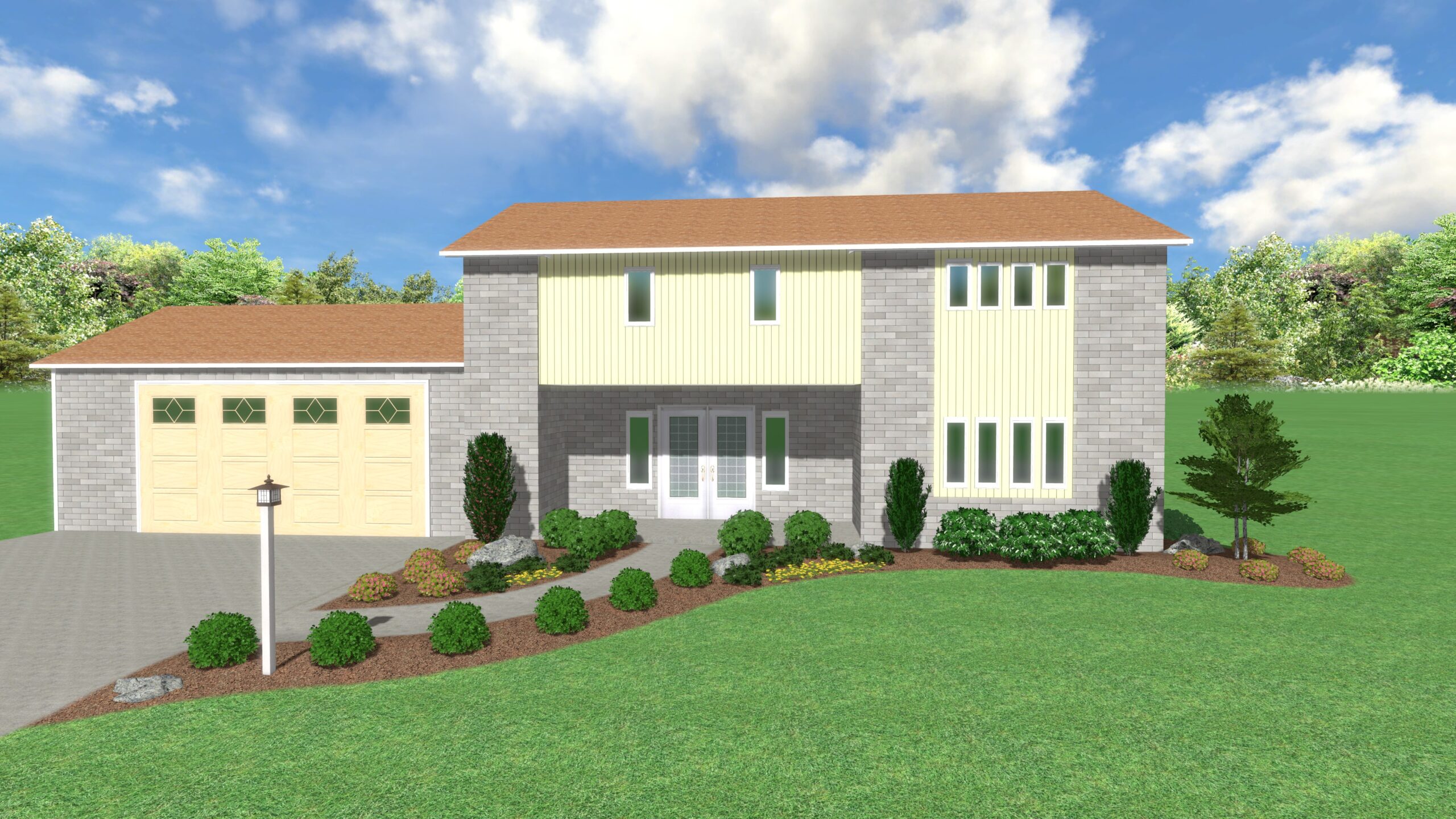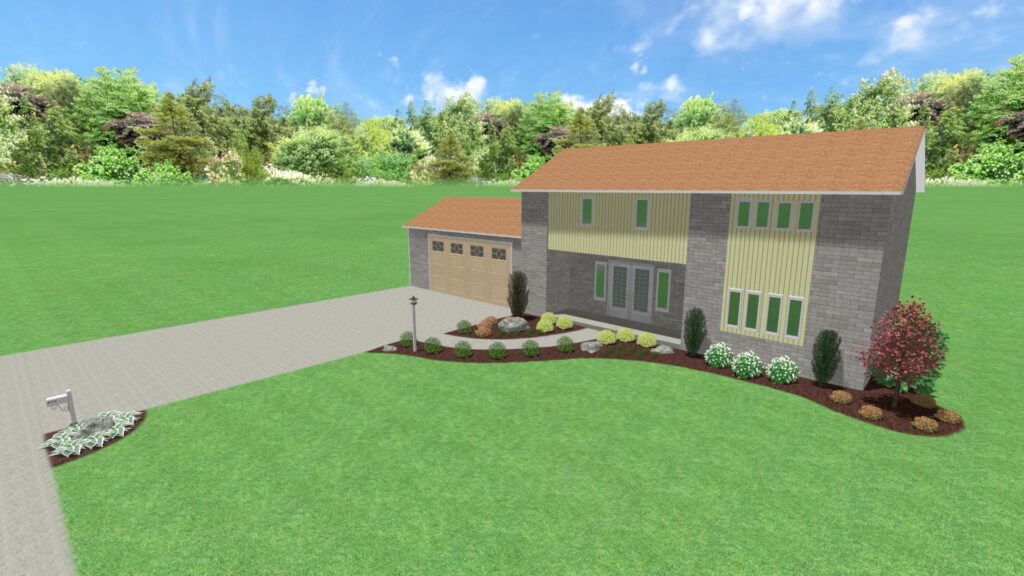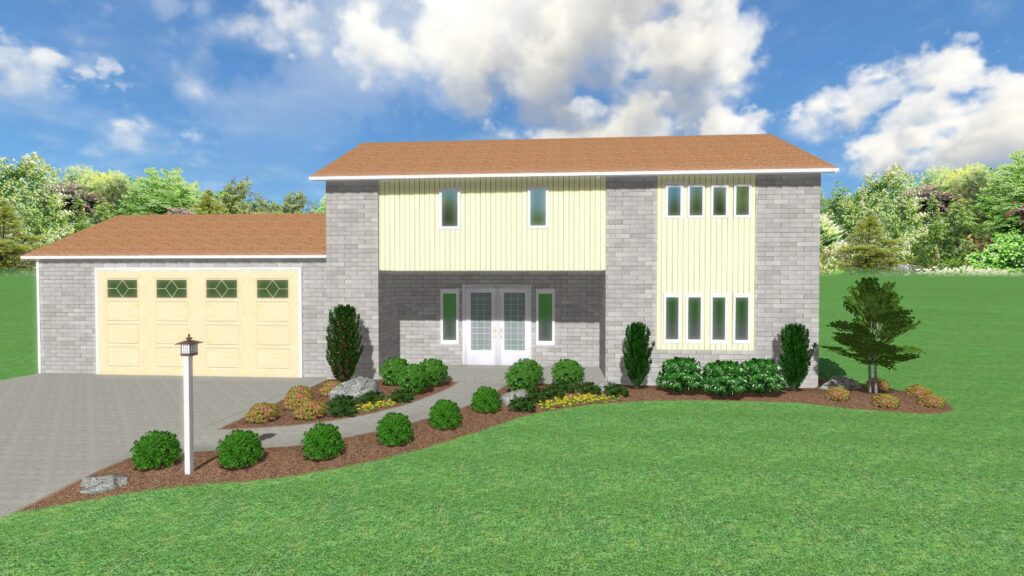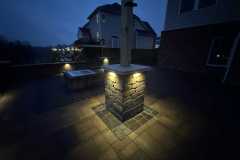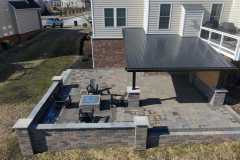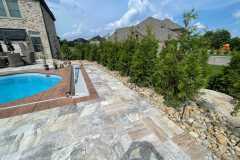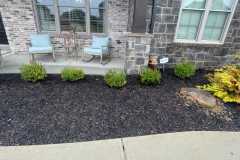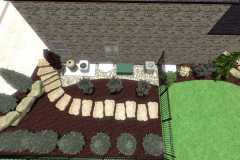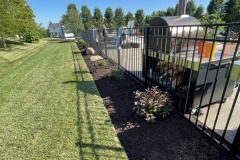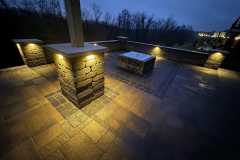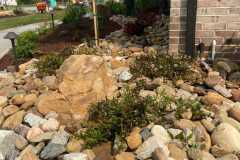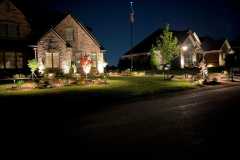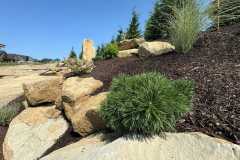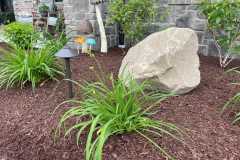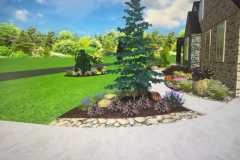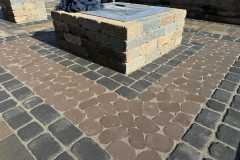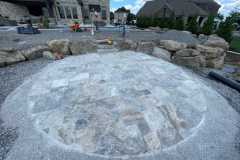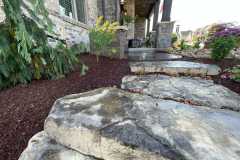As technology continues to advance at a rapid pace, the world of landscape and hardscape design is no exception. From virtual reality to robotics, new tools and techniques are being developed that allow designers and contractors to create stunning outdoor spaces like never before. In this article, we’ll explore some of the most innovative and exciting ways that technology is changing the landscape and hardscape design industry.
Virtual Reality in Landscape and Hardscape Design
One of the most exciting developments in the world of landscape and hardscape design is the use of virtual reality (VR) technology. With VR, designers and clients can walk through a virtual representation of a proposed outdoor space before any work is done on the actual site. This allows for a much greater level of precision and accuracy in the design process, and can help ensure that the final result meets the client’s expectations.
One example of the use of VR in landscape design is the software program “Landscape Design Software” from Punch! Software. This software allows designers to create 3D models of outdoor spaces, complete with plants, trees, hardscaping, and other elements. Clients can then walk through these virtual models to get a sense of what the finished product will look like.
Robotics in Landscape and Hardscape Design
Another exciting development in the world of landscape and hardscape design is the use of robotics. With robotics, contractors can complete tasks quickly and efficiently, while also maintaining a high level of precision and accuracy. For example, robots can be used to lay bricks or pavers in a hardscaping project, allowing for a more consistent and uniform final result.
One company that is leading the way in the use of robotics in landscape and hardscape design is Bricklaying Robot, a company based in Australia. Their robots can lay up to 1,000 bricks per hour, with a precision that is difficult for even the most skilled human bricklayers to match. In addition to hardscaping, robotics can also be used for tasks like planting, watering, and pruning, helping to make landscape maintenance more efficient and cost-effective.
robotics is playing a significant role in the evolution of landscaping and hardscaping. The use of robotics in the landscaping industry has made it possible to automate various tasks such as mowing, trimming, and even planting. This technology has significantly reduced the amount of manual labor required, allowing landscapers to focus on more complex tasks.
Another example of robotic technology being used in landscaping is the robotic lawn mower. This device operates autonomously and can be programmed to mow a specific area without any human intervention. Some models can even detect obstacles and navigate around them on their own, making them a valuable tool for landscapers.
Robotic technology in landscaping is the robotic planter. This device can plant a variety of flowers and plants quickly and efficiently, making it an ideal tool for large landscaping projects. By using robotic technology for tasks like planting, landscapers can save time and money while achieving high-quality results.
Artificial Intelligence in Landscape and Hardscape Design
Artificial intelligence (AI) is another technology that is starting to make waves in the world of landscape and hardscape design. With AI, designers can analyze large amounts of data to identify trends and patterns, helping them to make more informed design decisions. AI can also be used to help predict how a landscape or hardscape design will evolve over time, taking into account factors like climate, soil conditions, and plant growth.
One example of the use of AI in landscape and hardscape design is the software program “GreenIQ” from Israel-based company GreenIQ. This software uses data from weather forecasts, sensors, and other sources to automatically adjust irrigation and lighting systems in outdoor spaces. This helps to reduce water waste and energy consumption, while also ensuring that plants receive the right amount of water and light.
Artificial intelligence (AI) technology that has revolutionized the landscaping and hardscaping industry. AI-powered tools and software can help landscapers to optimize their designs and improve their efficiency. For example, some AI-powered software can analyze a landscape and suggest the best placement for plants and other features based on factors like soil type, sunlight, and climate.
AI can also be used to improve the maintenance of landscapes and hardscapes. For example, sensors placed throughout a landscape can collect data on factors like soil moisture and nutrient levels. This data can be used to optimize watering and fertilization schedules, ensuring that the landscape stays healthy and vibrant.
Pittsburgh’s Role in the Future of Landscape and Hardscape Design
Pittsburgh is home to a number of companies and organizations that are at the forefront of the landscape and hardscape design industry. For example, the Pittsburgh Botanic Garden is a 452-acre public garden that showcases the region’s native flora and fauna. The garden features a variety of outdoor spaces, including a woodland garden, a meadow garden, and a restored wetland.
Another organization based in Pittsburgh that is involved in landscape and hardscape design is the Western Pennsylvania Conservancy. The Conservancy works to protect and restore natural areas throughout the region.
In Pittsburgh, American Groundskeeping is one company that is at the forefront of learning about the latest technologies in the landscaping industry. They understand the importance of keeping up with advancements in technology to stay ahead of the competition and provide the best services to their clients.
In conclusion, the landscape and hardscape industry is continually evolving with the help of technologies like virtual reality, robotics, and AI. These technologies have made it possible for landscapers to design, install, and maintain landscapes and hardscapes more efficiently, cost-effectively, and sustainably than ever before. As a result, businesses like American Groundskeeping in Pittsburgh are embracing learning more about these advancements to improve their services and stay ahead of the curve.

